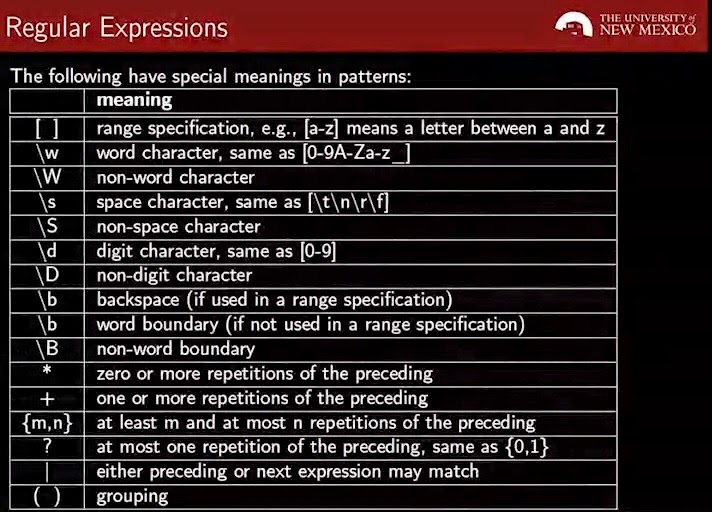pValidations
- Validations are a type of ActiveRecord
- Validations are defined in our models
Implement Validations
- Go to root_app/app/models
- Open files *.rb for each model
Mandatory field
- validates_presence_of :field
- Ex: validates_presence_of :title
Classes
- The basic syntax is
@global_variable
def my_method
@method_variable
end
end
- Create an instance
- myInstance = MyClass.new
- Invoke a mehod
- mc.my_method
- class() method returns the type of the object
- In Ruby, last character of method define the behavior
- If ends with a question -> return a boolean value
- If ends with an exclamation -> change the state of the object
Getter / Setter method
return @global_variable
end
def global_variable=(val)
@global_variable = val
end
- Other way is used the word attr_accessor
- Ex: attr_accessor :global_variable
- Ex2: attr_accessor :global_variable, :second_variable
- If you only want a setter use: attr_write
- If you only want a getter use: attr_reader
- return is not necessary, the last line executed is what is returned.
- Even though return you can use return
- Class methods are created with the reserved word self after a point (.)
- To call the method: MyClass.class_method
class MyClass
@global_variable
def self.class_method
@method_variable
end
end
Inhearence
- Use the symbol <
- Ex: class NewClass < Superclass
Modules
- Use the word module to create a module with his own namespace
- To include a module use the word require
- require'module_X'
Assignments
- All the assignments are by references not by value
- Ruby, support parallel assignemt
- Ex: a, b = b, a
Variables
- name - could be a local variable
- @name - instance variable
- @@name - class variable (static variable)
- $Name - global variable
- The convention is use underscores for variables
- The convention is use camel case for classes
Strings
- All the content between double quotes
- If you put #{} inside a string, Ruby interprets as code
- If you use `` the interprets as a command
- Symbol is when use this symbol :
- A Symbol is used when you don´t want to manipulate the characters

Comentarios
Publicar un comentario